What is Engineering safety
safety engineering is provide to protective work culture and control of workplace accident that may cause worker injuries or disorders
Read more
We'd like to send you notifications of the latest posts and updates.

Mechanization refers to the use of machinery rather than manual labor to perform tasks. It is a significant trend in manufacturing aimed at reducing human effort by adopting mechanical and electrical methods to automate various processes. This may involve automating material handling, component loading and unloading, job operations, or transportation. However, mechanization typically lacks feedback from the process or machinery.
Automation extends mechanization by introducing closed-loop systems where feedback from sensors controls operations automatically. It can be applied to some or all operations of a machine or group of machines, resulting in semi-automatic or fully automatic systems. The concept of automation emerged after World War II, particularly in industries like the Ford Motor Company, to describe the automatic handling of materials and parts between process operations.
Automation is the process of executing predetermined operations with minimal human intervention, using specialized equipment and devices to control the manufacturing process. While automatic machines existed before the term "automation" was coined, not all of them qualify as automation. It involves applying mechanical, electronic, and computer-based systems to operate and control production processes.
Every machine should incorporate some degree of automation, determined primarily by economic factors. Automation involves a system where many or all processes in production, movement, and inspection of parts are controlled by self-operating devices called controllers. Fundamental elements of automation include mechanization, sensing, feedback, and control devices.
The reasons why one should go for automation are:
Automation can be classified into three categories, viz.

Also referred to as Hard Automation, fixed automation is employed to manufacture a standardized product such as gears, nuts, and bolts, among others. While the operating conditions may be adaptable, fixed automation is suited for large-scale production of one or a few slightly different components. Specialized tools, devices, equipment, and dedicated machine tools are utilized to efficiently produce a product or component at high production rates, aiming for minimal unit costs compared to other manufacturing methods.
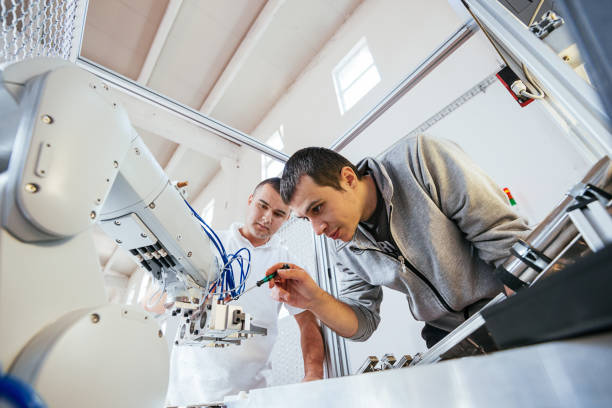
In programmable automation, one can change the design of the product or even change the product by changing the program. Such technique is highly useful for the low quantity production of large number of different components. The equipments used for the manufacturing are designed to be flexible or programmable. The production normally carried out in batches.

A third category between fixed automation and programmable automation is termed as adaptable automation, utilizing Computer-Aided Design (CAD) and Computer-Aided Manufacturing (CAM) techniques. This approach is also known as a versatile manufacturing system (VMS), allowing for the production of diverse products on the same equipment in any sequence or combination. An important example of programmable automation in discrete manufacturing is computer numerical control (CNC). Robots are another instance of programmable automation. As an integral component of VMS and Computer-Integrated Manufacturing (CIM) systems, robots can perform numerous manufacturing tasks, replacing human labor.
In today's globalized manufacturing landscape, the integration of hardware and software concepts utilizing mechatronics for rapid mechanization and automation of manufacturing processes have become essential to be incorporated in the manufacturing areas.

Computer aided manufacturing involves manufacturing processes that are assisted or controlled by computers. In a broader sense, it encompasses all activities within the manufacturing environment, such as the use of computers in inventory management, project planning, material requirements planning, data collection, testing, and quality assurance. The adoption of CAM leads to enhanced reliability due to improved manufacturing methods and controls during the production stage, resulting in highly reliable products and manufacturing systems. With integrated diagnostics and monitoring facilities in most CAM systems, maintenance requirements are reduced compared to traditional manufacturing methods. The utilization of Computer Numerical Control (CNC) machines and part programs generated from design stage geometries minimizes scrap levels and virtually eliminates the need for rework. With computer-based information and control functions, CAM enables better management control over manufacturing activities. These advantages translate into lower total costs and higher overall profitability. Hence, any manufacturing operation, whether in job shop production or mass production, can benefit from Computer Aided Manufacturing. However, optimal results are achieved when design and manufacturing activities are closely integrated. Additionally, CAM is well-suited for managing changes or adjustments in production programs, particularly in cases of product variety or minor modifications.
Following are the main advantages of using CAM.
1. Greater design freedom:
Any changes that are required in design can be incorporated at any design stage without worrying about any delays, since there would hardly be any in an integrated CAM environment.
2. Increased productivity:
In view of the fact that the total manufacturing activity is completely organized through the computer, it would be possible to increase the productivity of the plant.
3. Greater operating flexibility:
CAM enhances the flexibility in manufacturing methods and changing of product lines.
4. Shorter lead time:
Lead times in manufacturing would be greatly reduced.
The integration of CAD and CAM systems is called Computer Integrated Manufacturing (CIM) system. The role of computer in manufacturing may be in two major groups namely computer monitoring and control of the manufacturing process and manufacturing support applications, which deal essentially with the preparations for act of manufacturing and post manufacture operations. Computers are used in controlling machine tools and other material handling equipments.
Safety Manufacuturing PPE Automation & Mechanization Friction Lubricants Classification of manufacturing advantage and dis. LPG 5S News fire prevention ci vs si engine Gear LPG vs petrol
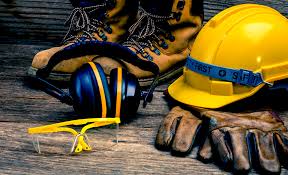
safety engineering is provide to protective work culture and control of workplace accident that may cause worker injuries or disorders
Read more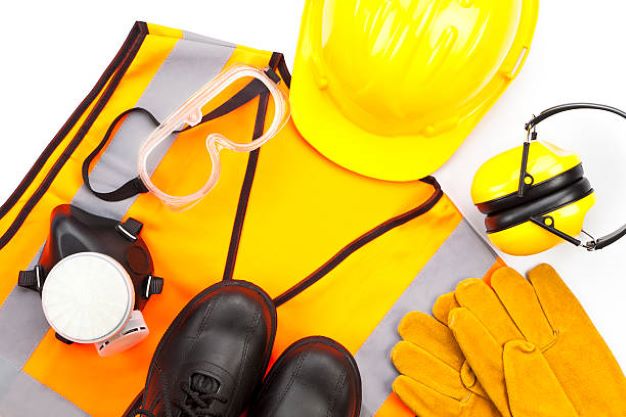
The following general types of safety are considered in the workshop.
1. Safety of self.
2. Safety of job.
3. Safety of machines tools.

Developing a solid safety plan is vital in workplaces, and recreational areas. It starts with a thorough risk assessment to identify potential hazards and assess their possible impact. Equally important is being well-prepared for emergencies, involving the creation of clear plans for different scenarios.
read more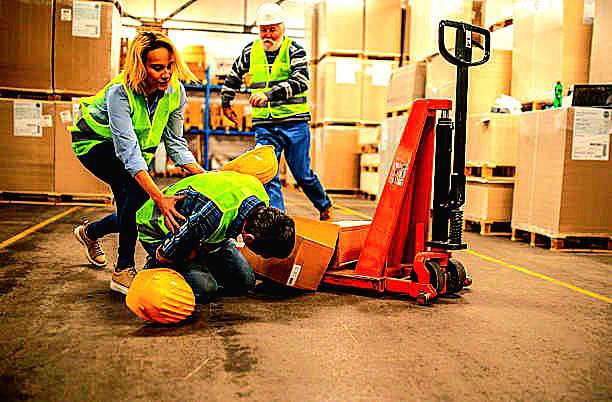
A large number of revolving, rotating, reciprocating and moving parts of machinery can besaid as the sources of danger and require guarding for protection against accidents.
read more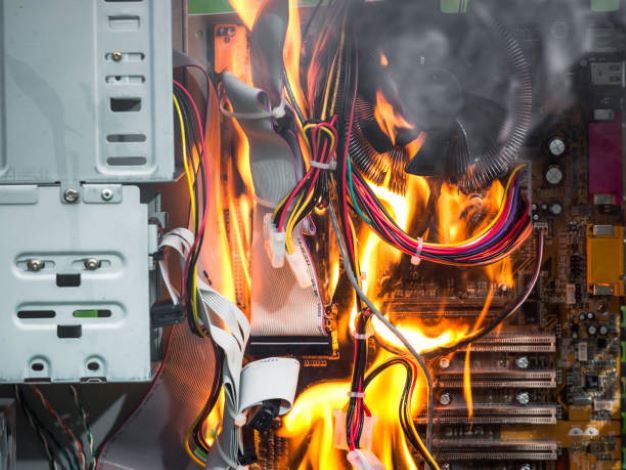
The accidents are unwanted events or mishaps that result in some sort of injury to men, material, machines, tools, equipment and semi or finished product hence, a loss to the whole establishment.
read more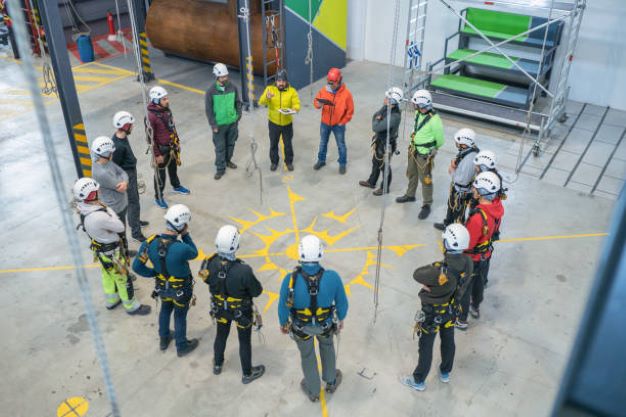
Few safety measures commonly used in industries comprise of the proper safety guards for reciprocating machine components such as drop hammers, presses, shaper, slotter, power hacksaw, paper cutters etc., fencing of dangerous and rotating parts like revolving shafts,
read more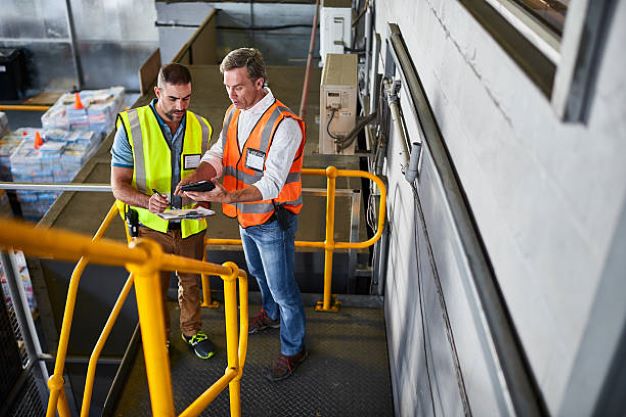
The common methods of safety are as follows:
1.Safety by construction or design.
2.Safety by position.
3.Safety by using fixed guards.
4.Safety by using interlock guards.
5.Safety by using automatic guards.
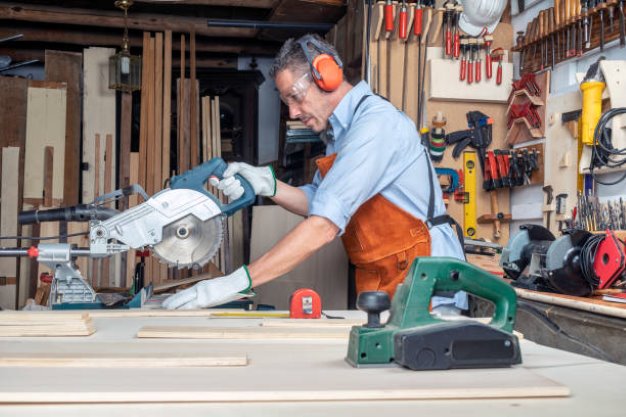
Safety Precautions while Working with Different Cutting Tools: Like as Make files, cutting, Chisels, Saws, Reamers, Tap and Dies, Abrasives.
read more
Safety Precautions while Working with Different hand Tools: Like as Screw Drivers, Wrenches, Hammers.
read more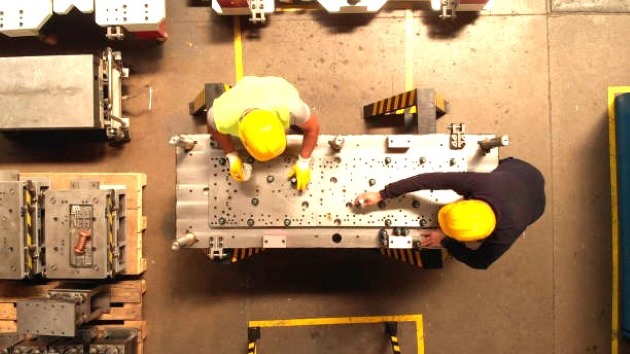
They must be strictly followed for safety. Specific safety guidelines for some of the machine process like lathe, drilling, shaping, planning slotting, grinding, milling, and finishing operations.
read more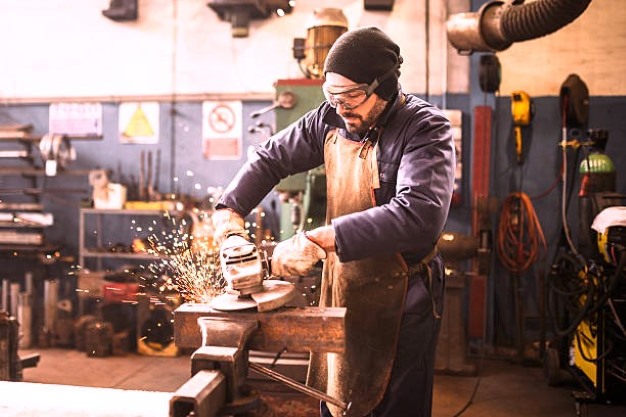
Replace Cracked Grinding Wheels: If you notice that the grinding wheel is badly cracked, replace it promptly. Damaged wheels can lead to accidents during operation.
read more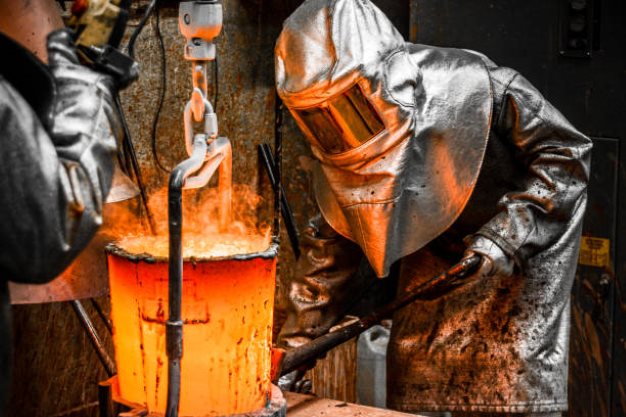
All foundry men should wear protective clothes, glasses, shoes, and gloves while handling molten metal for casting process.
read more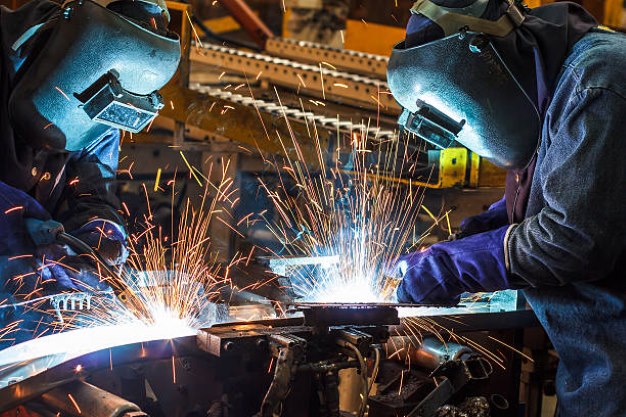
A welding shop is where metal pieces are joined using heat or pressure. Safety and proper equipment are essential for efficient welding processes.
read more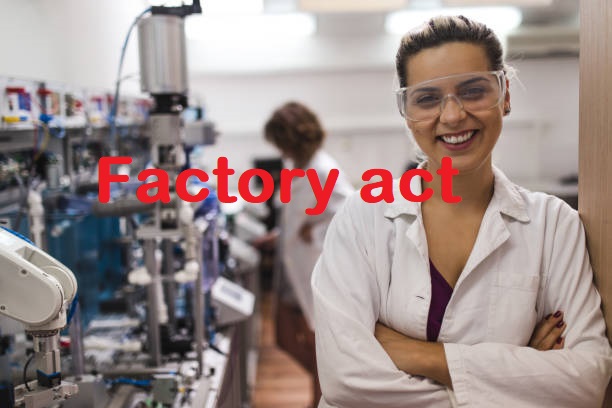
Factory Act is to safeguard workers from industrial hazards and ensure a secure and improved working environment, with specific provisions outlined for the fencing of machinery and other safety measures.
read more
In industry, an inquiry is normally ordered for electrical accident. Items carrying electricity should be properly insulated. Ageing of insulation withstand capacity and should not be allowed to leak current.
read more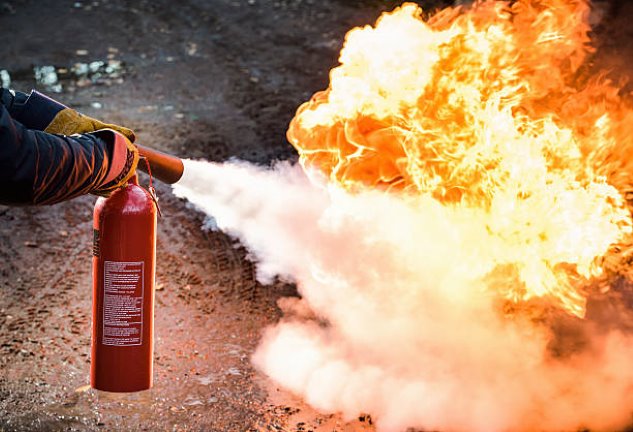
The main factors for combustions are presence of oxygen, availability of combustible materials and rise of temperature to the ignition point for the material The cause of fire accidents may be electric-short circuit.
read more
The main factors for combustions are presence of oxygen, availability of combustible materials and rise of temperature to the ignition point for the material The cause of fire accidents may be electric-short circuit.
read more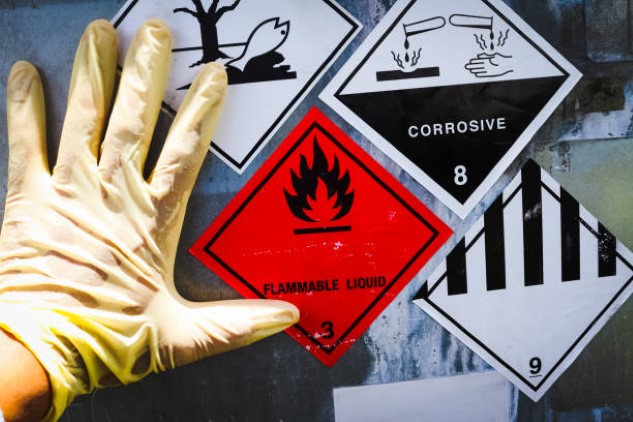
Effects of dusts, fumes, heat, noise and vibration due to hot and cold working of metals and crush and other injuries due to machine tools are discussed earlier.
read more
sometimes accidents may also occur in industries. After major or minor accidents, an injured worker requires immediate preliminary treatment in the absence of same his condition may become highly critical.
read more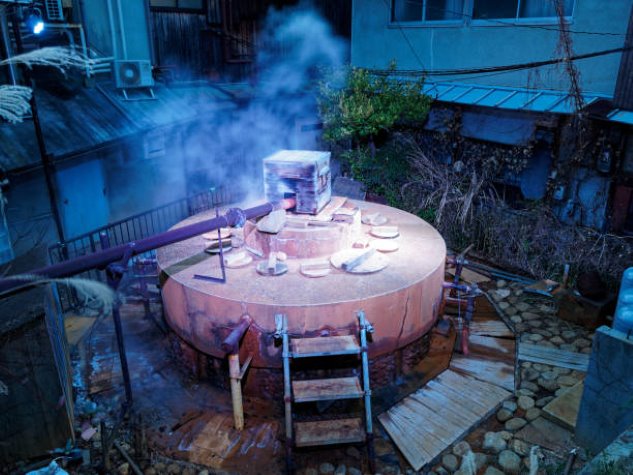
sA Cupola furnace is utilized for melting recycled metal or pig iron to manufacture diverse cast irons. Crucial factors in choosing cupolas include melting capability, shell diameter with or without lining, and spark arrestor.
read more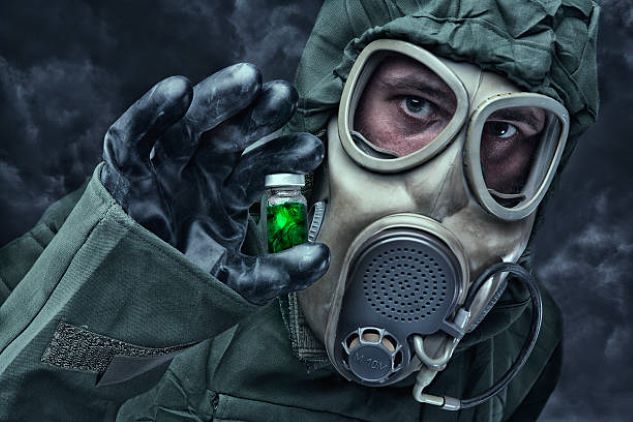
Antidotes are therapeutic agents used to counteract the toxic effects of specific xenobiotics. These are heterogenous group of substances consisting of pharmaceuticals, biological agents and immunoglobulin fragments.
read more
This Glossary of safety to help understand basic term of safety
read moreSafety Manufacuturing PPE Automation & Mechanization Friction Lubricants Classification of manufacturing advantage and dis. LPG 5S News fire prevention ci vs si engine Gear LPG vs petrol
To get first Notification: